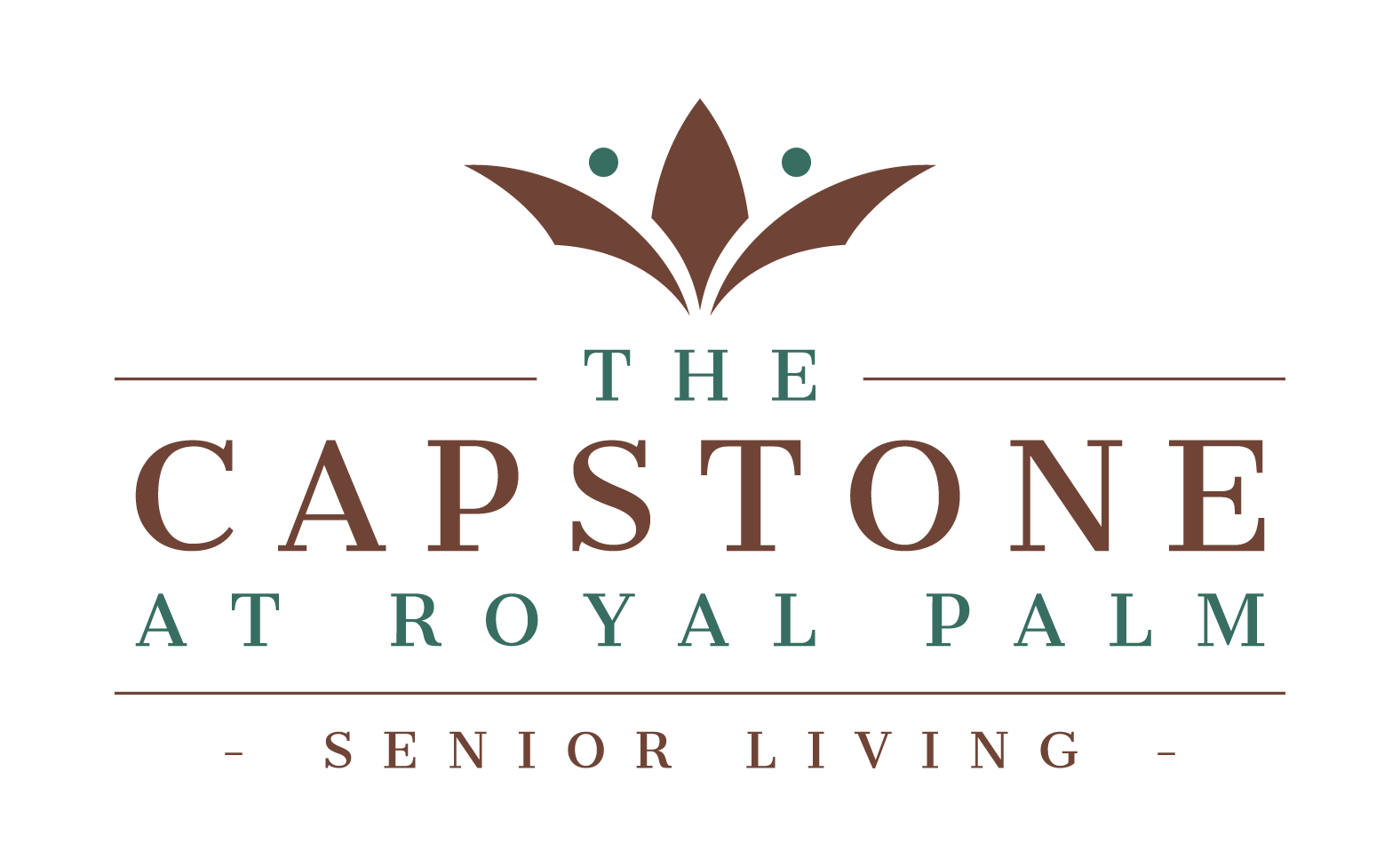Understanding the complexities of senior living can be overwhelming, especially when it comes to the cost of healthcare services in senior homes. And if you have a loved one who needs to move into senior living, it can be scary to think about the style and cost of healthcare.
Today we’re doing a comprehensive comparison of the costs associated with various senior living and healthcare options. Let’s explore these important considerations together and find the best solution for your loved one’s needs.
Cost of Healthcare Services in Senior Homes
In assisted living communities, senior health care ranges from basic daily assistance to more complex medical care. Elderly care in these settings often involves help with daily activities such as bathing, dressing, and medication management.
Assisted care in these communities also means having access to medical professionals who can respond to health needs at any time. This can include routine checks as well as emergency medical services.
As our loved ones age, some might also need more specialized care for conditions like dementia or chronic illnesses, which are available in many senior living communities.
Factors Influencing Costs
The cost of healthcare services in senior homes varies depending on several factors. One major influence is the location of the community. Just like the cost of living, healthcare costs can be higher in some regions than others.
Cities typically have higher costs than rural areas. This is due to the higher cost of running services in cities and the greater demand for these services.
Another key factor is the type of care your loved one needs. Basic care services, which include help with daily tasks and medication management, usually cost less than more intensive medical care.
If a senior requires advanced care, such as 24-hour monitoring or specialized treatments for conditions like Alzheimer’s disease, the costs will be significantly higher.
The qualifications and number of staff in the community also affect costs. A higher staff-to-resident ratio usually means better care but also higher costs. The qualifications of the staff, particularly if they include medical professionals like nurses or therapists, can also drive up the price.
Lastly, the overall quality of the community plays a role in determining the cost. Communities that offer more amenities, like fitness centers, high-quality dining options, and extensive recreational activities, often charge more. These amenities improve the quality of life for residents but require a higher budget.
Average Cost Breakdown of Healthcare Services in Assisted Living
Generally, prices vary widely based on location, amenities, and the type of care provided. For example, basic assisted living communities in the Midwest may charge around $3,000 per month. More comprehensive services in urban areas on the East or West coast can exceed $5,000 monthly.
Common healthcare services in these communities include medication management, which ensures residents take their medications correctly and on time. This service alone can add a few hundred dollars to the monthly bill.
Physical therapy services, often necessary for maintaining mobility and managing pain, can also be costly. The fees for these services depend on the frequency and type of therapy required.
Another significant factor in the cost is 24-hour medical supervision. Communities that provide round-the-clock care typically have higher fees due to the increased staffing needs. This type of supervision is important for seniors with severe health issues who might need immediate medical attention.
While these numbers provide a general guideline, actual costs can vary. Most communities offer different levels of care packages, each priced differently based on the services included. For instance, a basic package might cover room and board plus minimal assistance, while more comprehensive packages might include advanced medical monitoring and daily therapy sessions.
Comparing Costs: Assisted Living vs. Aging in Place
Deciding between assisted living and aging in place is a significant choice that impacts not only lifestyle but also finances. Assisted living communities offer comprehensive care that includes housing, meals, and medical services, which can simplify budgeting since most expenses are covered in a single monthly fee.
These fees can be high, but they are predictable, which helps families plan their finances better.
Aging in place, which refers to staying at home during the senior years, may seem less expensive at first. Initial costs are typically lower because they don’t include the price of moving to a new community or paying large monthly fees.
However, adapting a home to meet the needs of an aging adult can be costly. Installing safety features like grab bars, ramps, and stairlifts adds up. Additionally, if health declines, in-home care services may be necessary. These services can be expensive, especially if round-the-clock care is needed.
Budgeting for Healthcare in Senior Living Communities
It’s important to look beyond basic monthly fees to consider additional charges for extra services. Communities often charge more for specialized care, like memory care for dementia patients, and for premium amenities such as private rooms.
Many seniors are eligible for benefits through Medicare and Medicaid that can cover part of the costs of assisted living, particularly health-related services.
Long-term care insurance is another resource that can help cover some expenses. However, understanding what each insurance policy covers is key, as not all policies include long-term care or specific types of services.
Another helpful strategy is to consult with a financial planner who specializes in elder care. They can offer guidance on how to allocate resources and may suggest ways to utilize investments or savings to fund senior care. This advice can be invaluable in planning for both expected and unexpected costs.
Families should also ask each community about their billing practices. Some communities use a flat-rate model, while others use a fee-for-service model, which can significantly affect the overall cost depending on the resident’s needs. Understanding these details upfront helps prevent surprises and ensures that the budgeting is as accurate as possible.
Better Care for Seniors
Understanding the cost of healthcare services in senior homes is vital for effective planning. And at The Capstone at Royal Palm Senior Living, our Royal Palm Beach assisted living and SHINE Memory Care community offers modern and comfortable retirement living for seniors looking to remain active around like-minded peers.
We proudly serve residents from Wellington to West Palm Beach. Get in touch today to find out how we can help you!



